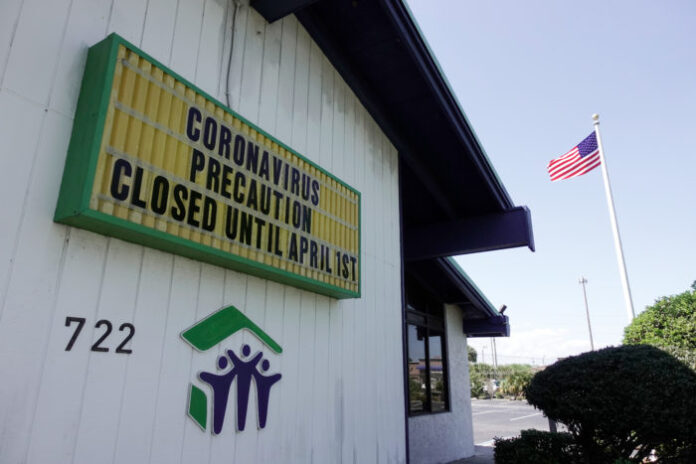Mandated company closures, requests for work-from-home arrangements and schools shuttering are all emptying out many workplaces–if understaffing related to coronavirus hasn’t yet hit your workplace, experts warn it likely will. And it’ll be up to HR leaders to ensure the organization is ready to weather those disruptions.
When it comes to softening the blow of widespread absenteeism, HR leaders should devise a plan for cross-team collaboration that is centered on data–and stay calm, says Peter Navin, CHRO at Grand Rounds, a healthcare navigation company. In gathering data, consider the organization’s capacity for performance, the risks to both the workforce and the business, and its current absenteeism numbers, as well as external data about COVID-19, such as from the Centers for Disease Control & Prevention and the World Health Organization.
See also: A daily shot–Your COVID-19 update
All of this information can help HR leaders focus a plan on three priorities: the health of employees, business continuity and company performance.
“Once you collect the relevant data, you can determine the areas of focus to achieve the three objectives–and then measure how effective you’re going to be,” Navin says. In this fast-changing crisis, many leaders are worried about a quick response; in that case, he adds, focus on defining the metrics you’ll use to track success.
From there, he says, “you can build staffing models, communications processes and alignment tools to support rapid change and enable the necessary shifts in cross-teaming; this should always be done in conjunction with your executive team, finance, operations and other key players across the enterprise.”
Related: Coronavirus–HR’s role
Organizations must slow down to go faster, he notes: Move from weekly to daily meetings, question how different plans are rolling out and make “decisions with your eyes wide open each time you do it.”
As the crisis, which Wednesday was officially classified as a pandemic, intensifies, employers can also turn to data to evaluate potential work-from-home strategies; companies that don’t have specific WFH programs in place already should deploy WFH tests across sites, Navin says, and then measure and refine their approaches. Engage with employees far more frequently than before to gather feedback about how WFH or other strategies are working and ensure employees have what they need to be productive in order to help the company continue to prioritize its people.
“Once you have the appropriate alignment, and can properly measure performance, only then can you remain nimble enough to shift your response in accordance with an evolving situation,” he says.
Keep up with the latest on how HR can navigate coronavirus



